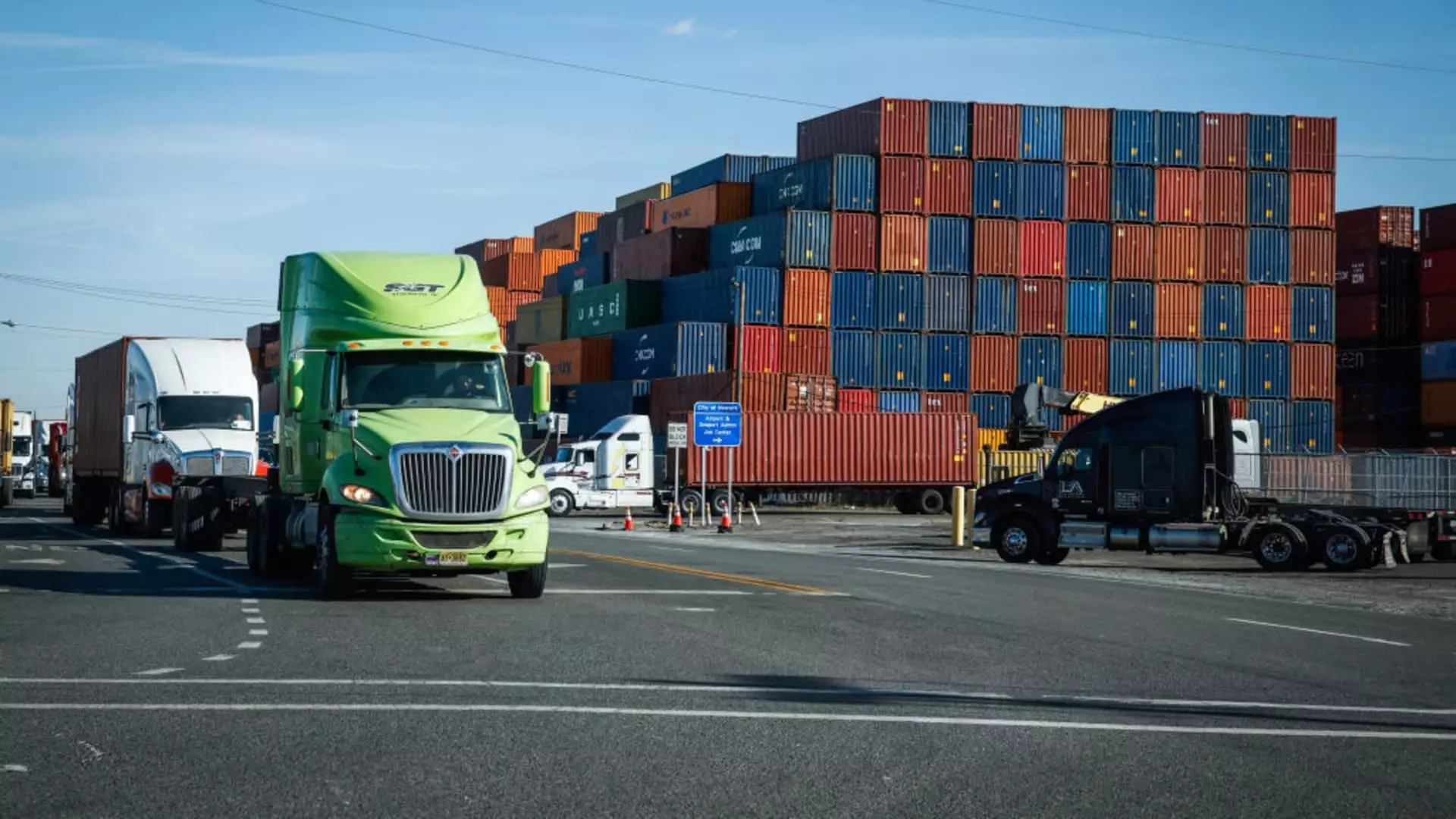The newly enacted tariffs on Canada and Mexico have sparked profound concerns not only for the immediate economy but also for the far-reaching effects they could have on American consumers. Imposed by President Trump, these tariffs include a hefty 25% tax on imports from our two largest trading partners, with a slightly lesser 10% levied on essential Canadian energy products. While tariffs are touted as protective measures for American industries, the reality is they function as double-edged swords, particularly impacting your wallet.
At first glance, the strong sentiment behind these tariffs is to level the playing field for U.S. manufacturers and bolster domestic production. However, the complexity of modern supply chains can turn this noble aim into an exercise in futility. Businesses often relinquish a portion of tariff-induced costs to consumers, which could lead to a significant increase in prices of everyday goods. When basic items, from your morning smoothie to your evening drive, become pricy luxuries, we should really start questioning the effectiveness and far-reaching implications of such aggressive trade policies.
Surprising Cost Increases
Take a moment to consider your average grocery trip; many items are directly influenced by these tariffs. Products like fruits and vegetables, which primarily come from Mexico, could see immediate price hikes. Research anticipates that food prices could jump nearly 2% across the board, with fresh produce suffering a sharp increase of almost 3%. The unfortunate irony is that while the tariffs are designed to protect American farmers, they may instead elevate costs for working families, directly contradicting the administration’s purported goals.
Even less obvious items, such as the aluminum foil used to package fast-food chicken sandwiches, could also be impacted. The connection may not be clear at first, but any component sourced from these trade partners that gets taxed could create broader inflationary pressures. As consumers, we expect value for our money, but these tariffs will slowly chip away at it.
An American household is expected to feel the pinch of these tariffs, with projections estimating additional costs of $930 by 2026, and if you consider the broader focus on imports, this figure rises to $1,200 annually when combined with tariffs on Chinese goods. These figures aren’t just numbers; they symbolize the real-world effects on regular Americans who already struggle with rising costs of living.
Consider the auto industry, which is predicted to bear the brunt of these tariffs. A new car assembled in Alabama may seem unaffected, but an intricate web of parts often sourced from Mexico and Canada complicates things. Estimates suggest that prices could surge by nearly $6,000 per vehicle due to the cascading impact of tariffs. This isn’t just a potential inconvenience; it will ripple through industries and drive up costs of car insurance, fundamentally altering the landscape of American vehicle ownership.
While one might argue that tariffs can somewhat protect American businesses from foreign competition, what they often neglect to consider is the market dynamics that come into play. Domestic producers, shielded from some foreign imports, may capitalize on this situation by inflating their prices, knowing consumers have limited alternatives. The net effect becomes a winless scenario for the everyday American consumer scrambling to make ends meet.
Moreover, the possibility that some big companies might absorb a portion of these costs rather than pass them entirely to consumers can sound appealing, but this deprives businesses of essential capital needed for innovation, employee wages, or growth opportunities. This economic stagnation — subtle but real — could lead to a long-term downturn that ripples across the economy.
It’s critical to recognize that tariffs don’t exist in a vacuum. Global reactions are inevitable, and we’ve already seen this as Canadian Prime Minister Justin Trudeau announced retaliatory tariffs on $30 billion worth of U.S. imports. This back-and-forth escalates tensions and leads us to an economically precarious situation that could alienate allies rather than entice them to cooperate.
China’s responses, characterized by additional tariffs aimed at U.S. agriculture, highlight a dangerous level of escalation and economic retaliation, fanning the flames of what could evolve into a full-blown trade war. Each retaliatory measure adds another layer of economic uncertainty, not just for corporations but also families relying on the stability of their purchasing power.
Each leg of this tariff dance, from prices to retaliation, becomes a widening chasm threatening to destabilize not only American economic strength but also essential global partnerships. In the name of national security and competitive equality, we are unspooling the very economic fabric that has worked to knit together cooperative relations for decades. The question is not merely about protecting domestic interests; it’s about ensuring we do not unwittingly sow the seeds of our long-term decline in a landscape of global trade.

